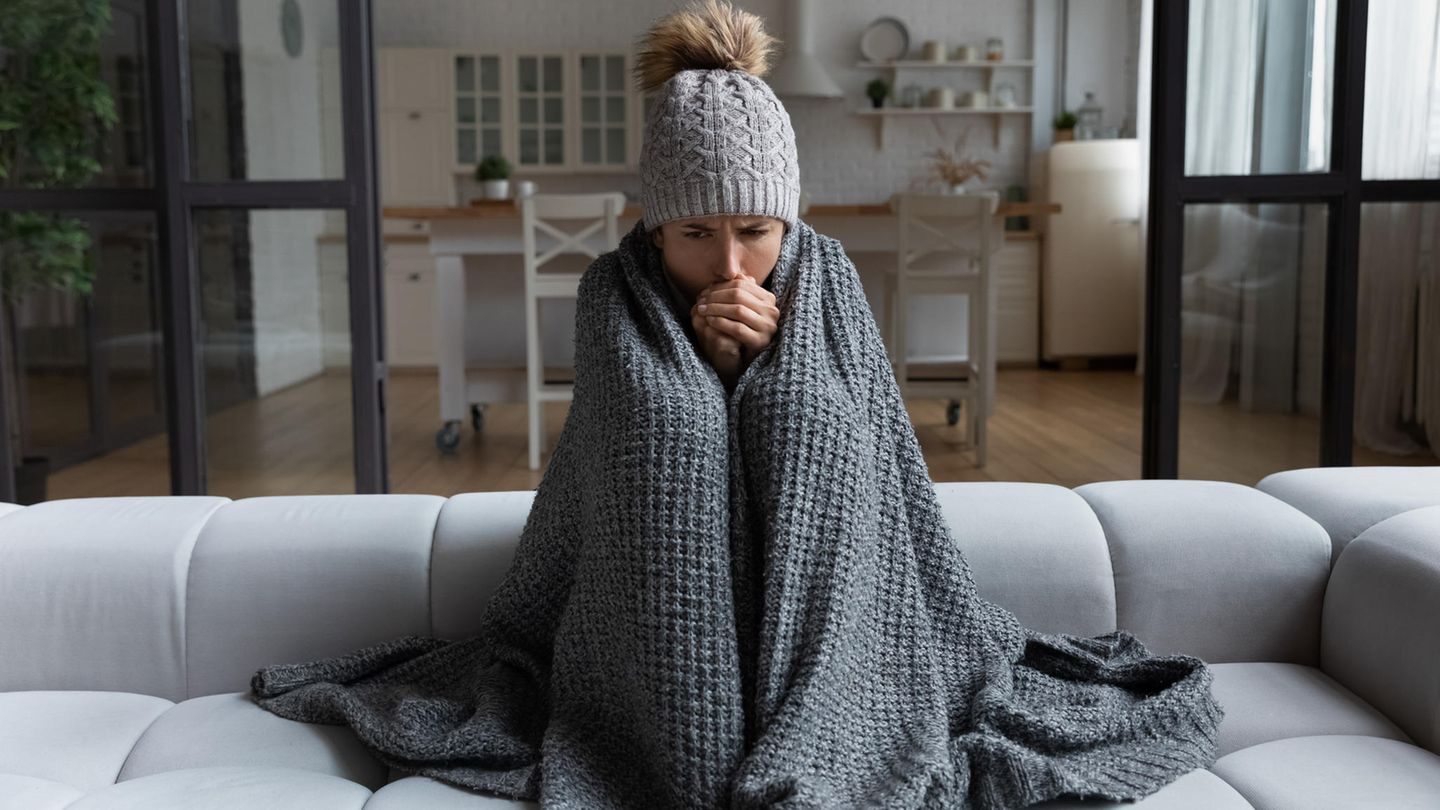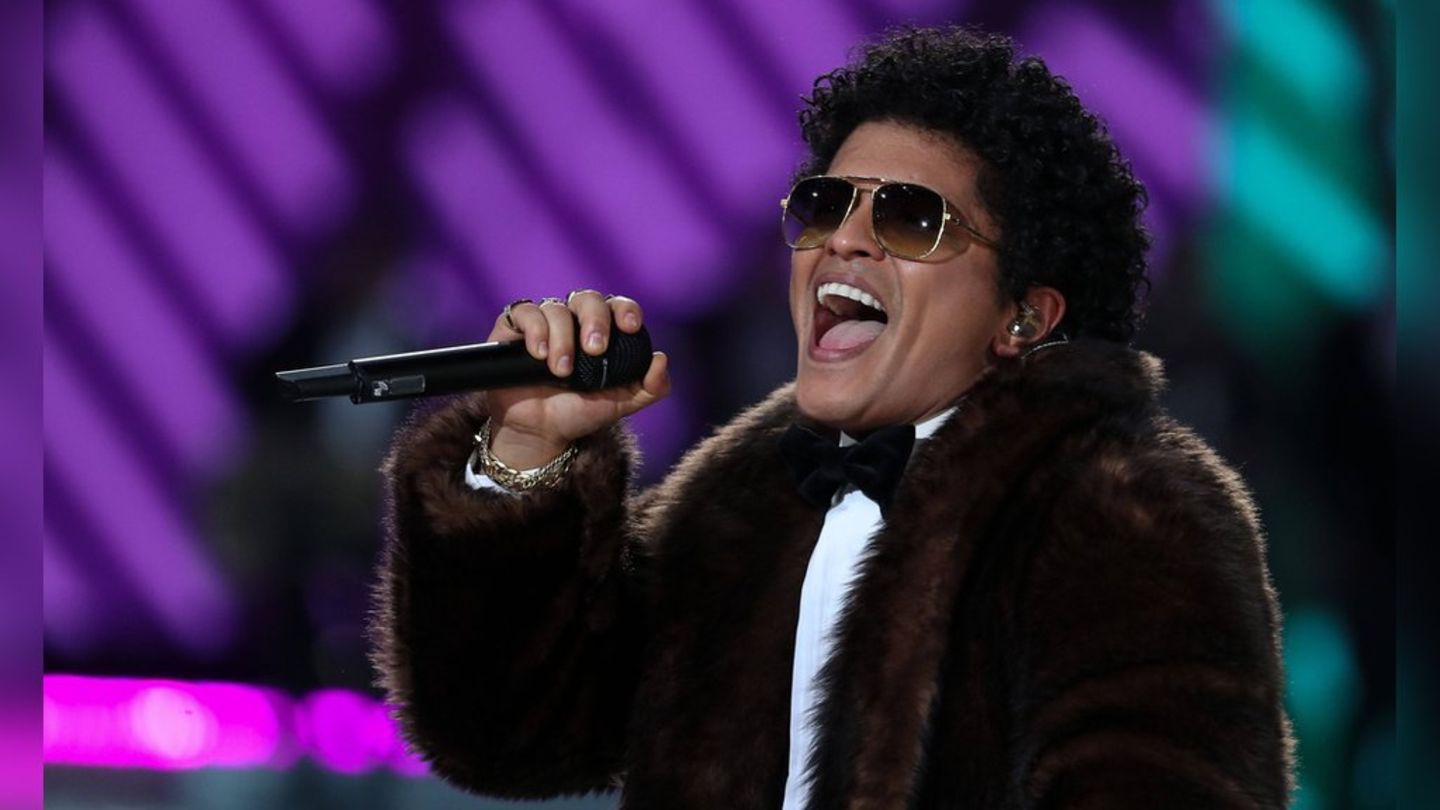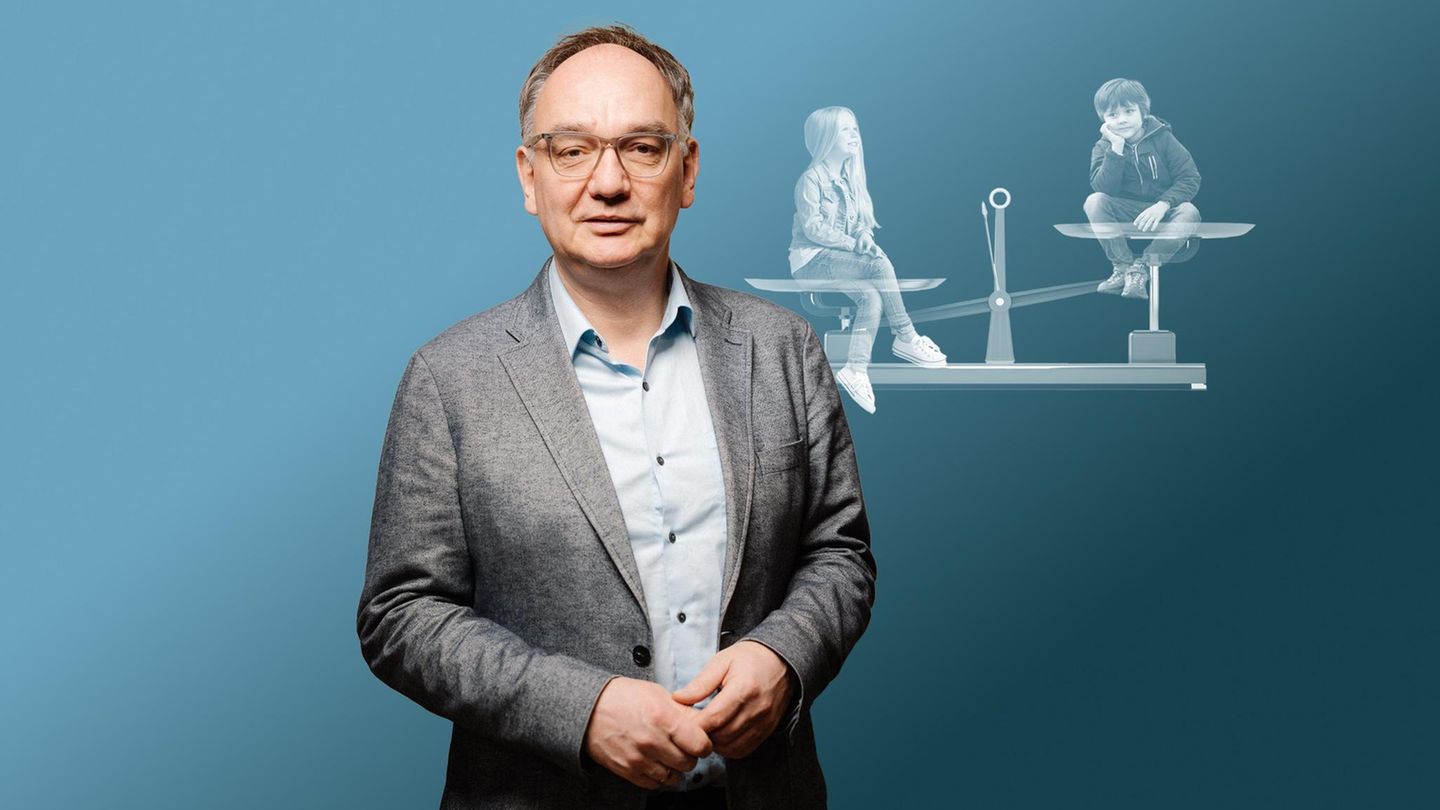Good to know
What happens in the body when we freeze
Copy the current link
Add to the memorial list
Cold spreads. The outside temperatures are low, but even in many apartments it remains cool due to the high energy prices. What works in the body when we freeze.
Many have been working more often in the home office since Corona pandemic at the latest-but with high energy prices, however, many Germans have been thinking three times whether they are fully turning on the heating. But if you sit at the desk all day, you quickly realize that feet and hands are getting cold pretty quickly. But what actually happens in the body when we freeze?
The World Health Organization stated in a report that the risk of cardiovascular diseases and respiratory diseases increases with low interior temperatures. It therefore recommends a lower limit of 18 degrees indoors. A 2019 study even came to the conclusion that a low room temperature has a negative impact on productivity and performance – at least for women.
In the case of cold, our body controls it to keep the temperature
If we are too cold – whether in the office or at frosty outside temperatures, we start to freeze. Because as a warm -flowing, we need a constant body temperature so that our metabolism works and vital organs are kept going. Our core body temperature is around 37 degrees – and our body does everything we can to keep it. After all, too low body temperature can ultimately lead to death.
We are already talking about hypothermia when our core body temperature drops below 35 degrees. Of course, our body wants to avoid this condition and initiates measures to keep the heat loss as low as possible.
Narrowed blood vessels, goosebumps and tremors
First the blood vessels narrow. This has the effect that less warmth with the blood moves to the surface of the skin. On our hands and feet, we notice this effect first – our body uses this mechanism to protect our brain and internal organs from cold. And we get goose bumps in the event of continued cold. Our body hairs stand up: the body activates the muscles in the hair balger to build an insulating air cushion against the cold. With our much more hairy ancestors, it was probably much better to warm the body.
If it gets colder, we start trembling. Our muscles contract and relax again. This movement creates heat.
Psychoygiene: These ten habits are balm for the soul
Write a diary.
For many young people, the diary letter has a permanent place in everyday life. You write down what is concerned about how you are and what you dream of. The older we get, the more we stop putting our thoughts on paper. Such a diary can be really helpful. If you write down your thoughts, you can find space in your head. This helps especially if you are caught in the carousel or cannot concentrate because new tabs constantly pop in your head. We also reflect our thoughts and experiences again when we write them down. This can help us widen and take new perspectives. The diary can therefore help to get new knowledge, to get to know yourself better and to bring structure to your mind chaos. And if you can no longer remember that, then you even have it in writing.
© Cathryn Laver / Unsplash
More
Open the image subtitle
Back
Further
If you don’t want to freeze in the cooler apartment or the office, you should move in between again and again – this is how we throw our muscle heating on. The well-known onion look also warms us through the insulating layers of air between the clothes.
–
–
–
–
–
Source: Stern
I’m Caroline, a journalist and author for 24 Hours Worlds. I specialize in health-related news and stories, bringing real-world impact to readers across the globe. With my experience in journalism and writing in both print and online formats, I strive to provide reliable information that resonates with audiences from all walks of life.




